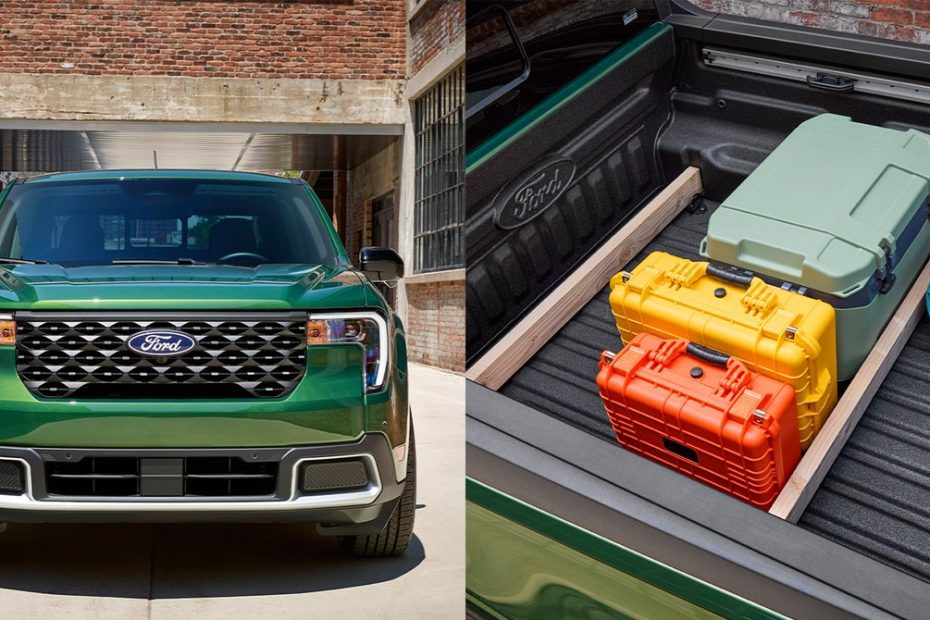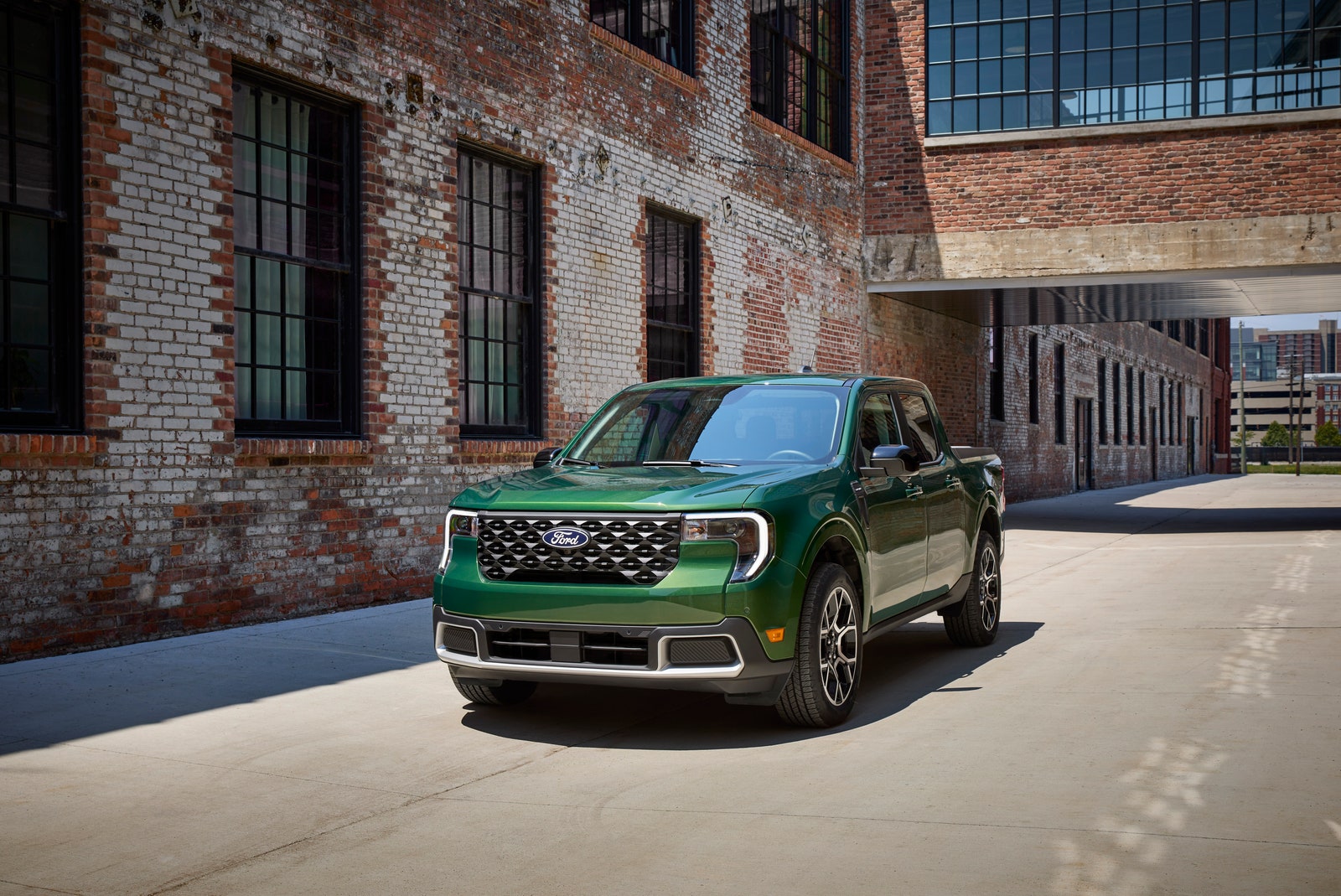Ford created a surprise hit when it introduced the 2021 Maverick. Built on an architecture shared with the Escape and Bronco Sport crossover SUVs, the compact pickup offered truck-like capability in a fuel-efficient, sensibly sized package. Now, Ford has introduced updates for the 2025 model year that make the Maverick even more appealing.
First things first: Customers can finally order the Maverick with the fuel-efficient hybrid engine and all-wheel drive. Previously, Ford limited the hybrid powertrain to front-wheel-drive models. This maximized fuel economy, yielding stellar EPA estimates of 42 miles per gallon in the city, 33 miles on the highway and 37 miles combined. But the decision limited the model’s appeal: Buyers who wanted all-weather capability or needed to tow more than the hybrid’s 1,500-pound maximum had to upgrade to the 2.0-liter EcoBoost four-cylinder engine, which was rated at 22 miles per gallon in the city, 29 miles on the highway and 25 miles combined when paired with all-wheel drive.
“Hybrid all-wheel drive was by far the most requested option from customers,” Dawn McKenzie, Ford Truck communications manager, told WIRED via email. McKenzie explained that the hybrid model was limited to front-wheel drive during its initial rollout to maximize affordability. Ford promised a base price of $19,995 when the Maverick was introduced for the 2022 model year, but for 2024, the least expensive Maverick starts at $23,920, with the hybrid engine currently a $1,500 option. Ford sold more than 94,000 Mavericks in 2023, more than half of which were hybrids.
PHOTOGRAPHY: FORD PRESS
For 2025, the Ford Maverick comes in a kaleidoscope of flavors. The base Maverick is a front-wheel-drive hybrid, rated at up to 42 mpg. Adding optional all-wheel drive is expected to drop fuel economy slightly, to a still-respectable 40 mpg in the city. (Official EPA ratings have not yet been released.) An optional towing package, now available on hybrid Mavericks, allows for trailers up to 4,000 pounds. If the hybrid’s 191 horsepower and 155 foot-pounds of torque aren’t enough, the 238-horsepower, 275 foot-pound EcoBoost non-hybrid turbocharged four-cylinder is still available on all models.
Hybrid Pickups Pick Up
Hybrid pickup trucks have been on the rise for a while. Ford introduced the hybrid F-150 PowerBoost for the 2021 model year. Toyota introduced an optional hybrid powertrain for the full-size Tundra pickup truck for 2022, and Ram will add a plug-in hybrid to its light-duty truck later this year. (General Motors doesn’t currently offer a hybrid version of the Chevy Silverado or GMC Sierra, though rumors suggest the automaker is rushing to add a plug-in variant.)
By hybridizing their pickup trucks, automakers appear to be spreading their bets. Overall, electric vehicle sales are still rising in the U.S., but the once-sky-high year-over-year increases are starting to level off. In the pickup truck world, electric vehicles remain a small niche. Ford is pleased to point out that the all-electric F-150 Lightning is the best-selling full-size electric pickup in the United States, with sales up 55 percent in 2023 compared to 2022. But the Lightning is vastly overshadowed by its own internal combustion engines: Ford sold more than 750,000 F-Series pickups in 2023, but just over 3 percent of those were all-electric.
There are a few factors at play. Full-size, fully electric trucks are drastically more expensive than their internal combustion counterparts. The 2024 F-150 Lightning starts at nearly $63,000, compared to $37,000 for a gas-powered model; the base-model Chevy Silverado EV starts at about $75,000. The Rivian R1T starts at $70,000, and Tesla’s promised $60,000 Cybertruck was just canceled, meaning you can’t buy one for much less than $100,000 right now.


